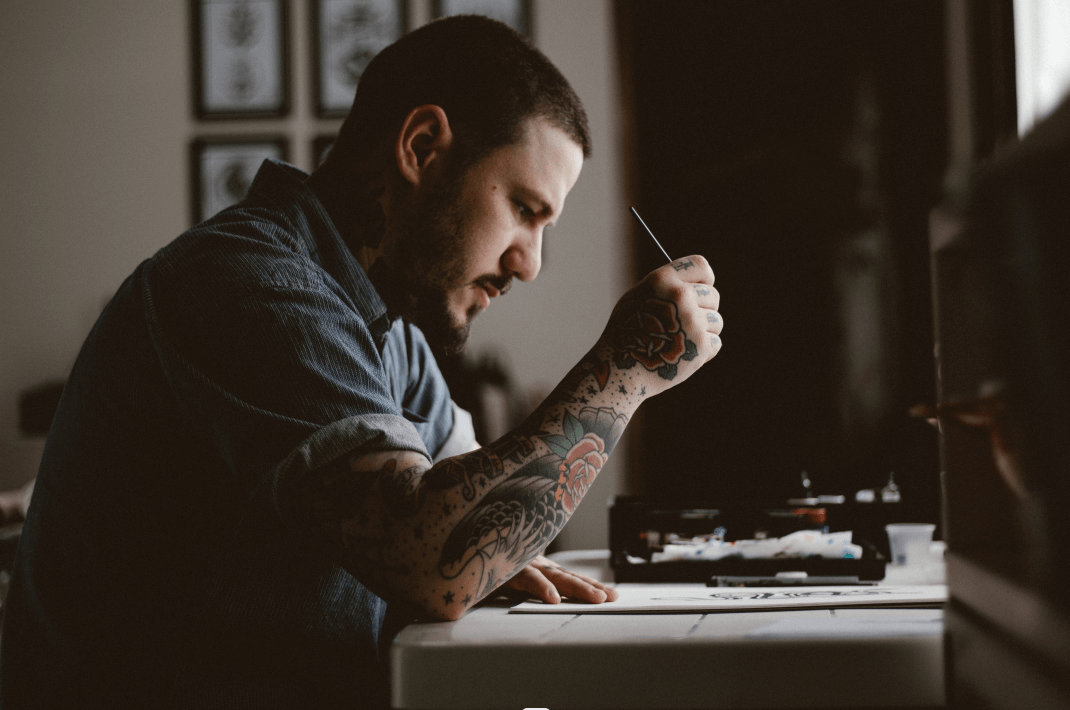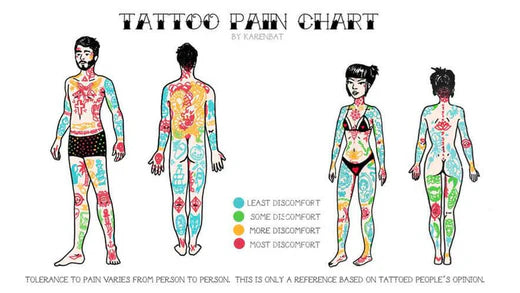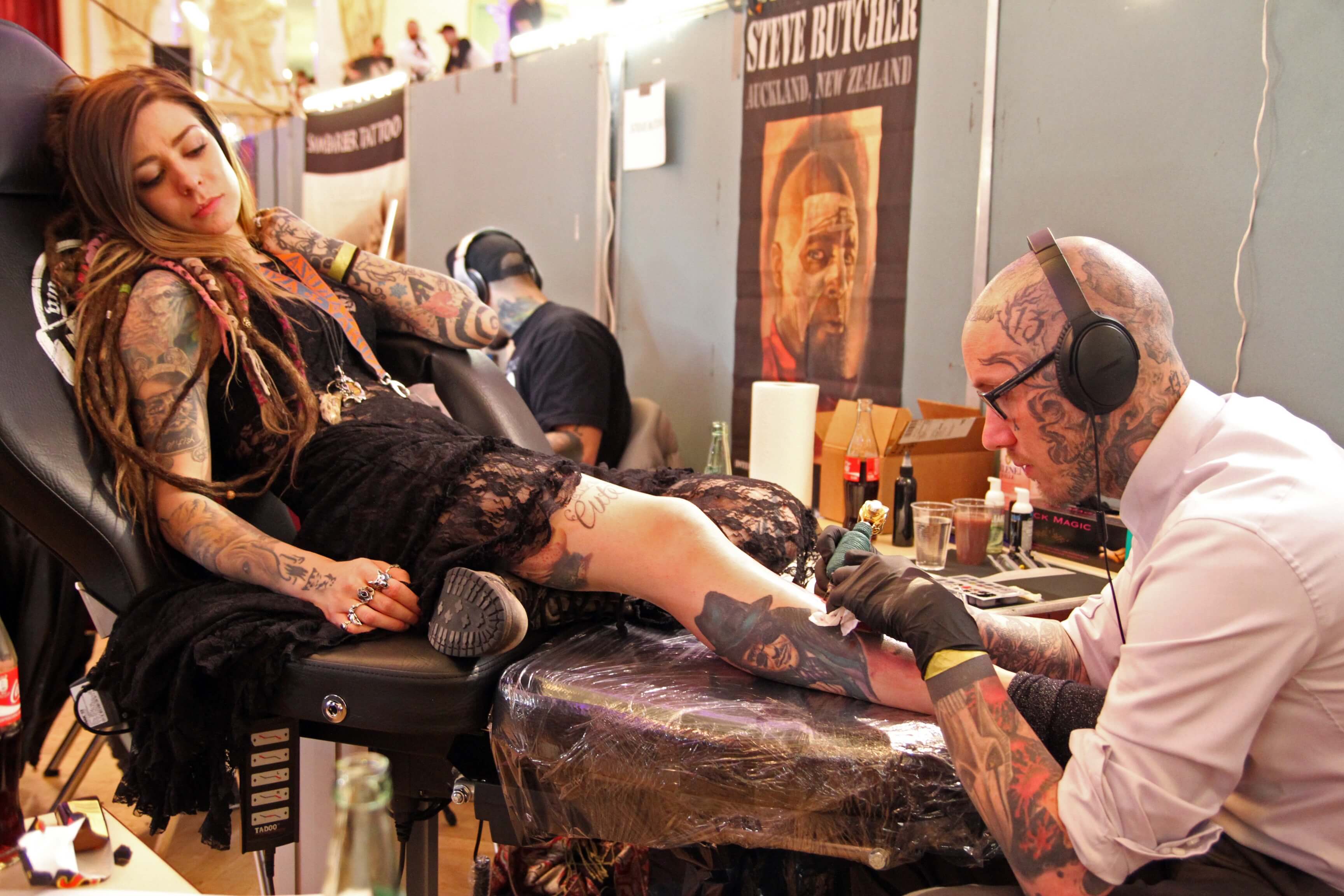We all know that the process of tattooing is divided into two major steps: "lining" and "shading". But we often overlook a very important procedure--planning. "Planning" is divided into two parts, one is how to design a pattern, and the other is how to understand the pattern. How to design a pattern means it needs us to take the long-term development of the pattern or the improvement in the future into account while tattooing for the client. Because the tattoo is a kind of recognition of our body. For example, if you are going to make a dragon head tattoo for a guest, you need to consider the location of the dragon body tattoo that the guest may get in the future. The understanding of the pattern means that while we are patterning any kind of pattern, we must comprehend and understand many questions, such as what the pattern is, what its lines are and what color blocks are made of, and what lines it must be made of and how the lines are connected each other. This means that we must comprehend the above situation fully before we carry out tattooing actually. Those who like Japanese tattoos will surely indulge in the wild with softness and the mysterious beauty hidden in the rough. Those who like European and American tattoo works will surely like tattoos with disorderly composition, colorful colors, and good tattoo technology. In other words, such a tattoo needs one more procedure "planning", a good tattoo must firstly have good composition, and secondly, correct lines. Many tattoo artists and even professional tattoo artists may meet such a question that the lines are too shallow or too thin or muddy. And it is the result of using machines or tattooing methods incorrectly.




